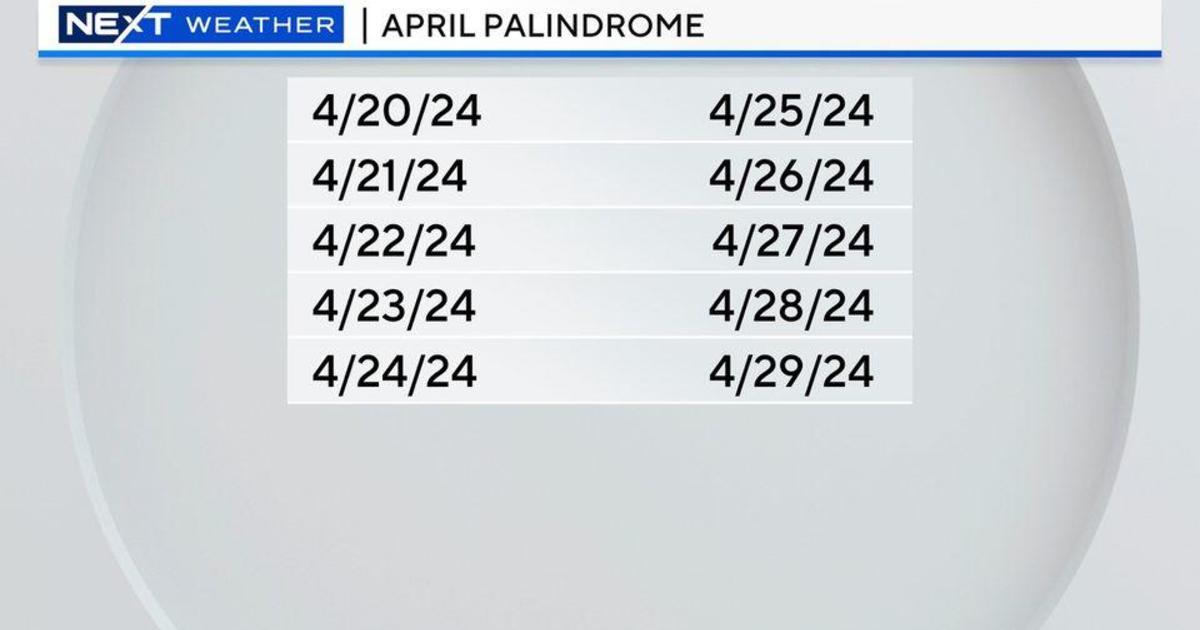Child Tax Credit: How To Opt Out Of Monthly Payments
(CBS Detroit) -- Most parents will receive their next Child Tax Credit payment on October 15. The monthly checks of up to $300 per child will continue through the end of 2021. And up to $1,800 more per child will arrive at tax time next year. The amount of each parent's total deposit depends on their annual income, the number of children and the ages of those children. When added together, the money may add up to more than any of the first three stimulus checks. But what if a parent wants to opt out of these advance payments in favor of a one-time payment?
Qualifying For The Updated Credit
The updated Child Tax Credit is based on parents' modified adjusted gross income (AGI), as reflected on their 2020 tax filing. (AGI is the sum of one's wages, interest, dividends, alimony, retirement distributions and other sources of income minus certain deductions, such as student loan interest, alimony payments and retirement contributions.) The amount phases out at a rate of $50 for every $1,000 of annual income beyond $75,000 for an individual and beyond $150,000 for a married couple. The benefit is fully refundable, meaning it does not depend on the recipient's current tax burden. Qualifying families receive the full amount, regardless of what they owe in taxes. There is no limit to the number of dependents that can be claimed.
The IRS is paying $3,600 per child to parents of children up to age five. That changes to $3,000 total for each child ages six through 17. Half of the total is being paid as six monthly payments and half as a 2021 tax credit. The IRS has made a one-time payment of $500 for dependents age 18 or full-time college students up through age 24.
As an example, suppose a married couple has a four-year-old child and an eight-year-old child and showed an annual joint income of $120,000 on their 2020 taxes. The IRS would send them a monthly check for $550 starting in July. That's $300 per month ($3,600 / 12) for the younger child and $250 per month ($3,000 / 12) for the older child. Those checks would last through December. The couple would then receive the $3,300 balance -- $1,800 ($300 X 6) for the younger child and $1,500 ($250 X 6) for the older child -- as part of their 2021 tax refund.
Parents of a child who ages out of an age bracket are being paid the lesser amount. That means if a five-year-old turns six in 2021, the parents are receiving a total credit of $3,000 for the year, not $3,600. Likewise, if a 17-year-old turns 18 in 2021, the parents have received $500, not $3,000.
An income increase in 2021 to an amount above the $75,000 ($150,000) threshold could lower a household's Child Tax Credit. The IRS has confirmed that they'll soon allow claimants to adjust their income and custodial information online, thus lowering their payments. Failure to do so could increase one's tax bill or reduce one's tax refund once 2021 taxes are filed.
Eligibility requires that a dependent be part of the household for at least half of the year and be at least half supported by the taxpayer. A taxpayer who makes above $95,000 ($170,000) -- where the income limits phase out -- will not be eligible for the expanded credit. But they can still claim the existing $2,000 credit per child.
Opting Out Of Advance Payments
Parents who filed taxes in 2019 and/or 2020 and meet the income requirements automatically started receiving advance Child Tax Credit payments back in July. But some parents may prefer a lump-sum payment at tax time rather than monthly payments and a smaller tax credit. The deadline to opt out before the October 15 payment has already passed. But the deadline to opt out of the November 15 payment is November 1. (Subsequent opt-out deadlines for payments going forward will occur three days before the first Thursday of the month being opted out of.)
The Child Tax Credit Update Portal allows users to make sure they are registered to receive advance payments, update bank account information for direct deposit, and change an address. It also lets recipients view their payment history and unenroll from advance payments in favor of a one-time credit when filing their 2021 taxes. Updating dependents and changing income are other features coming to the portal.
To access this portal, users need an IRS username or an ID.me account. ID.me is a sign-in service used by various government agencies, including the IRS, Social Security Administration and Treasury Department, to authenticate users. Users need valid photo identification to create an account.
From the portal page, a user should click the "Manage Advance Payments" button. Log into your account on the next page, or create an account. Once logged in, a user can view their eligibility and change how the Credit will be received.
Reasons To Opt Out Of Advance Payments
Every household's financial circumstances are unique. Every family handles their finances in the way that works best for them. And then there are simple matters of preference. For these and other reasons, the default scenario of advance monthly payments followed by a lump-sum credit may not be ideal.
"It's an advance payment based off of your estimated benefit, given what your income is going to be in 2021, based off of what your income was 2020 or 2019," says Stephen Nuñez, the Lead Researcher on Guaranteed Income at the Jain Family Institute, an applied research organization in the social sciences. (Nuñez studies cash welfare policy, that includes field work to answer policy-relevant questions about the social safety net.) "So there is a possibility, of course, that your income changes from year to year, so that the estimate is actually fairly far off from what your actual income is."
Given the decline of the economy in 2020 as compared to its surge in 2021, drastic income changes seem plausible if not expected. A parent who lost her job in March of 2020 and found a new one in January of 2021 could earn more money this year than last year. However, the IRS will base her monthly Child Tax Credit payments on her 2020 income. If the new job pushes her above the income threshold, the IRS will overpay her.
"Imagine a world where based off of your income in 2020, they give you $3,000," Nuñez suggested. "It turns out that based off your income in 2021, you actually only were supposed to receive only $2,400. Well then at tax time, there would be a claw-back. They will say, sorry, we overpaid you, because our guess was incorrect. So you need to pay us back $600."
The IRS will be holding half of the overall Child Tax Credit in reserve. So, using Nuñez's example, that $600 wouldn't have to be repaid per se. It would simply be deducted from the other half of the credit. This parent would receive a $900 credit at tax time next year, rather than the $1,500 balance.
For families navigating a divorce or child custody issues, advance payments of the Child Tax Credit could create additional difficulties. A divorce will break a household into multiple households. The $150,000 threshold for a married couple becomes $112,500 for each head of the new household. That could create complications based on individual incomes and who has custody of the children. As Nuñez puts it, "if you've had a change in household composition. Imagine you got divorced, or you no longer have a child, and they're sending you $3,000 for a child that you don't have in your life. That money, you're going to have to pay it back."
Opting out of advance monthly payments in favor of a lump-sum payment at tax time would simplify the process of reorganizing a household into multiple households. It also could make financial planning easier. The choice depends on individual circumstances. Monthly payments help people smooth out income volatility month to month and handle unforeseen expenses, like a car repair. A onetime payment lets people be certain they will have money for a bigger purchase without setting that money aside themselves. It's a sort of induced savings plan.
Nuñez related the situation to research on the Earned Income Tax Credit (EITC), which is paid as a lump sum at tax time. "Part of it is that some people really like the idea of receiving all that money at once," Nuñez said. "It helps them plan for big purchases, for down payments on cars, for buying a refrigerator, whatever. And that's just the way that they would prefer to receive their money. They may also, to be honest, they may feel like if they get the money on a monthly basis, they're going to have trouble setting aside money, calculating how much money to set aside or perhaps they may feel like it's a temptation to spend it, rather than to save it."



